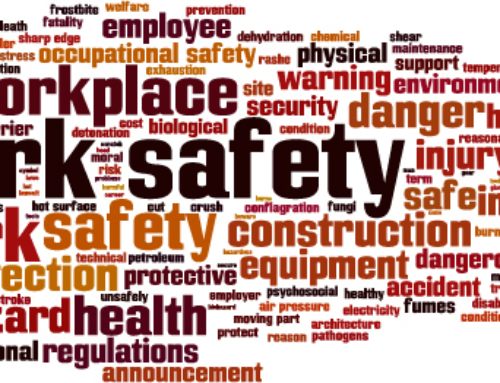Many local companies have discovered two things in the last year:
- We can trust people to work from home and they are actually very productive.
- We can save an enormous amount of money by reducing our physical real-estate footprint by rotating staff through the office.
This had led to decisions about work flexibility and arrangement that keep teams geographically dispersed, but you can’t ignore the important elements that take a team from operational to high performing.
One of the first things a team needs to focus on is how to build and maintain a high performing team, without this foundation a team will inevitably operate sub optimally, however when most teams kick off, the teaming of the team is rarely on the agenda.
Like anything worth doing, building a high performing team takes time, effort and focus and when the goals of the team are thrust to the fore, most teams get into it without much thought about how they are performing. We have seen so many teams who don’t get out of Storming (Tuckman 1965) and fail to achieve Norming, let alone Performing, and these are teams that are working closely with each other. Throw in a good dose of geographical disbursement, and without focus a team will never achieve its full potential.
The Five Disfunctions of a team according to Lencioni in his book publishes in 2002 are:
- Absence of trust
- Fear of conflict
- Lack of commitment
- Avoiding accountability
- Inattention to results
It shown as a pyramid because these causes are not mutually exclusive and builds from the most important, you can’t move to the next stage without achieving the one below. One of the most common issues with communicating electronically is that people can ‘hide behind the keyboard’. This can start to creep into a newly separated group, so the question is, how do we address the five disfunctions when we’re not together, when that is exactly the condition that can promote the disfunction.
Career Life Transitions use the Intégro Team Alignment approach combined with DiSC profiling to assess a team and build solutions specific and targeted interventions that address and correct behaviours that constrict and impair teams and prevent them from achieving true high performance.
The model looks at a team’s clarity and approval, people not only need to be clear about the goals, values, and actions, but also have the trust to discuss and argue the key points until everyone is able to fully commit. Team evolution starts with a basic level of respect for the team members, moves through the ability to be honest and receptive to feedback and keep commitments, to providing recognition and sharing honest feedback through to a single laser focus on seeking excellence.
In the current remote team environment, there are many places a team member can hide their own sense of understanding, and/or commitment. By the time you find out, it may be too late. Recognising the potential pitfalls can allow you to make the necessary adjustments and interventions to continue to build your team into a high performing unit, regardless of their location. Do you know what stage your team is at? Do you know what levers need to be pulled to elevate your team from average, through good to great? For more information on how Career Life Transitions can support your team contact us on (08) 6336 8620 or info@careerlife.net.au















Dr Susan Roberts says: